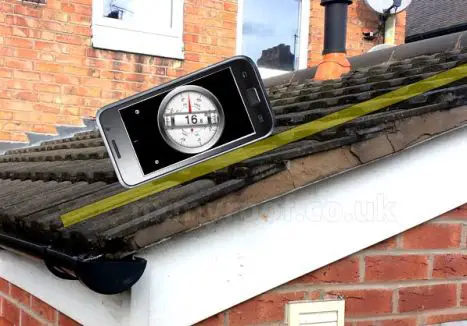
Many individuals out there think that angles can be found only in mathematical textbooks. In sharp contrast to this popular notion, angles are used in almost everything we see and use on a daily basis. These angles play vital roles in ascertaining correct sizes, shapes and other essential features of every other object out there.
So what exactly is an angle? An angle is said to be formed when two lines intersect at a point. The exact point where the lines cross each other is called a vertex. Angles are commonly used in construction sites for the designs of houses, buildings, stadiums and even roads etc. Two of the most popular angles, 90 degrees and 180 degrees usually form the basis of a construction with perpendicular doors, windows and walls aligned at 90 degrees.
The 180 degree angle is usually used in the construction of roads, foundations and sidewalks etc. Roofs on the other hand are usually built at an angle and tilt according to the specific angle chosen. Accordingly, more the angle, greater would be the tilt.
The first wheel that was ever built followed a 360 degree design. We are able to see things clearly because of the light that is refracted through the eyes. The angle of ascent and descent would help in the takeoff and landing of an aircraft. The angle of trajectory would help man reach the moon. The angle of incline would help deduce a locomotive’s ability to ascend of descend a hill properly. And the angle measured at the front of the car helps decide its resistance to wind and other external forces.
And that’s not all! Angles can be used in various art forms as well. The use of angles to make statues can make these sculptures look more regal and beautiful. Angles can make curves look more beautiful.Angles can also be used to in paintings and portraits to give more meaning to the forms depicted on the canvas.
And finally, angles can also be used as an effective form of measurement. They can be used to calculate the correct length, width or height of an object and can also be used in real time for the purpose of measuring distances, structures and mountains etc.